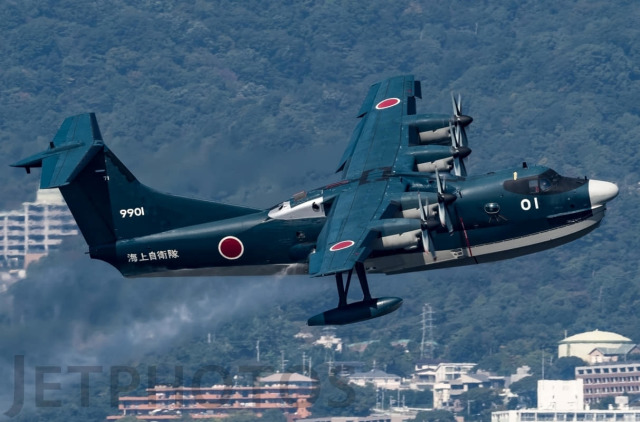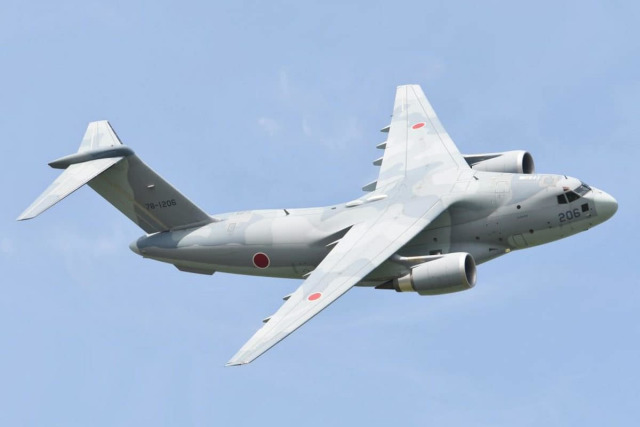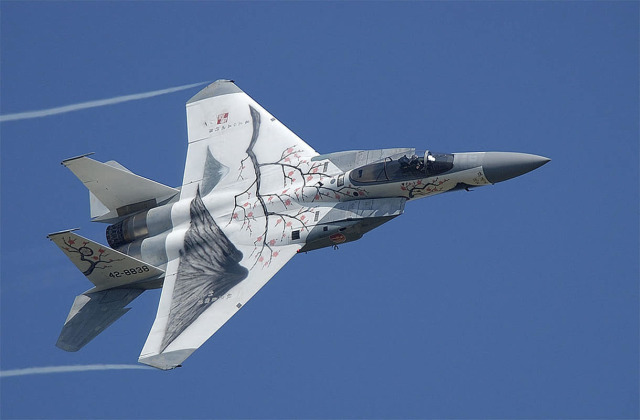According to national media reports, Japan's defense industry is experiencing an acute crisis. Large companies continue to withdraw from the market. Since 2003, more than 100 companies have left the defense sector. Therefore, for the next fiscal year, for the development of the country's defense industry, the Ministry of Defense (DoD) of Japan requested a budget for a separate estimate.
In order to maintain and strengthen the domestic defense production and technological base, the Ministry of Defense of Japan intends to study the implementation of methods for the proper assessment of costs and profits of enterprises, as well as initiatives related to strengthening cybersecurity, facilitating business continuity, facilitating the transfer of defense equipment, as well as maintaining and improving defense technologies.
In order to increase sales in the defense industry, it is planned to conduct a feasibility study of the project, in which the public and private sectors will work together to identify potential needs in partner countries and offer equipment supplies. This response seems to be extremely necessary, given the number of producers who have already left the sector.
For example, Shimadzu, a Level 1 manufacturer of basic aviation electrical equipment and components for the Japanese Self-Defense Forces, is retiring from the defense industry this 2022. The company produces a large number of products, including air conditioning equipment, cockpit displays and flight control systems for C-2 cargo aircraft and P-1 patrol aircraft. Similarly, in February 2022, KYB (also known as Kayaba) announced its withdrawal from the aviation business. The company's products include actuators, valves, wheels and brakes for aircraft.
Both developers design and supply components for Japanese Air Force aircraft such as the P-1, C-2, US-2, as well as F-15J fighters produced domestically under license. The Ministry of Defense expects that procurement and operating costs will increase as a result of aircraft maintenance and specification changes as a result of a supplier change.

US-2 multipurpose aircraft of the Japanese Air ForceIn the aviation sector, Yokohama Rubber already in 2009 refused to supply tires for fighter jets.
In the same year, after the cessation of production of F-2 fighters, Sumitomo Electric Industries stopped the development and production of aircraft fairings and fuel tanks for the MO. The company has stated that it will not participate in any future licensed domestic production of fighter jets. The glass giant AGC in 2005 sold its aircraft canopy business to Fujiwara Corporation, a company specializing in airframe components. Following this, in 2020, Daicel decided to withdraw from the defense business for the production of ejection seats and explosives, and Yokogawa Electric in 2021 also sold Oki Electric its business for the production of liquid crystal displays for aircraft and tanks.
The departure of these suppliers from the aviation sector has cast a significant shadow on the next generation of fighters, which are being jointly developed by the UK and Japan. It also doesn't help Japan with regards to the costs of buying and flying planes. Currently, Japanese-made aircraft for the country's Air Force are already many times more expensive to purchase and maintain than comparable foreign models. For example, the cost of one flight hour of the Japanese Kawasaki C-2 military transport aircraft is approximately 2.74 million yen ($18,710), while the C-130J of the US Air Force is approximately 618 thousand yen ($4,282), and the C-17 is 1.51 million yen (US$ 10,457). Thus, the flight hour of the C-2 is about 4.4 times higher than that of the C-130J, and 1.8 times higher than that of the C-17.

A Japanese Air Force C-2 plane makes a turn while flying over the Yonago-Miho Air Base in southern JapanThe difference is perhaps even more obvious when it comes to the cost of a flight hour per ton of payload.
The C-2 of the Japanese Air Force with its 26-ton payload costs 105 thousand yen (US$ 727) per ton of payload, which is about 3.5 times higher than the C-103J of the US Air Force at a price of 30 thousand yen (US$ 208) with its maximum payload capacity of 20 tons, and Approximately 5.3 times higher than the C-17 of the US Air Force at a price of 19,597 yen ($ 136) with a maximum payload of 77 tons.
This trend continues and leads to an increase in the life cycle cost (LCC) per aircraft. The cost of the C-2 of the Japanese Air Force is approximately 63.5 billion. yen (US$440 million), compared to 9.4 billion. yen (US$ 65 million) for the C-130J of the US Air Force and 34.9 billion yen (US$242 million) for the C-17. As Japanese manufacturers withdraw from the defense sector, these already high procurement and maintenance costs are expected to increase even more.
Similar reductions in the defense industry are taking place outside the aviation sector. In 2019, Komatsu decided to stop the development and production of new armored vehicles. Soon after, in early 2021, two more high-profile conclusions were announced: Sumitomo Heavy Industries abandoned the production of machine guns, and Mitsui E & S Holdings agreed to sell its naval vessel division to Mitsubishi Heavy Industries.
According to experts, the key problem is that the defense units of major Japanese manufacturers have low sales figures, which means that they will not be able to support their business if the scale of their activities is reduced. For this reason, unprofitable enterprises are often sold to other companies, but there are also many cases when companies cease their activities altogether. In the latter case, the reaction of the Japanese Defense Ministry has become alarming, because if something is not done to stop the mass exodus, entire design industries and production may wither and disappear, leaving Japan dependent on foreign imports.
According to the materials of the resource euro-sd.com


